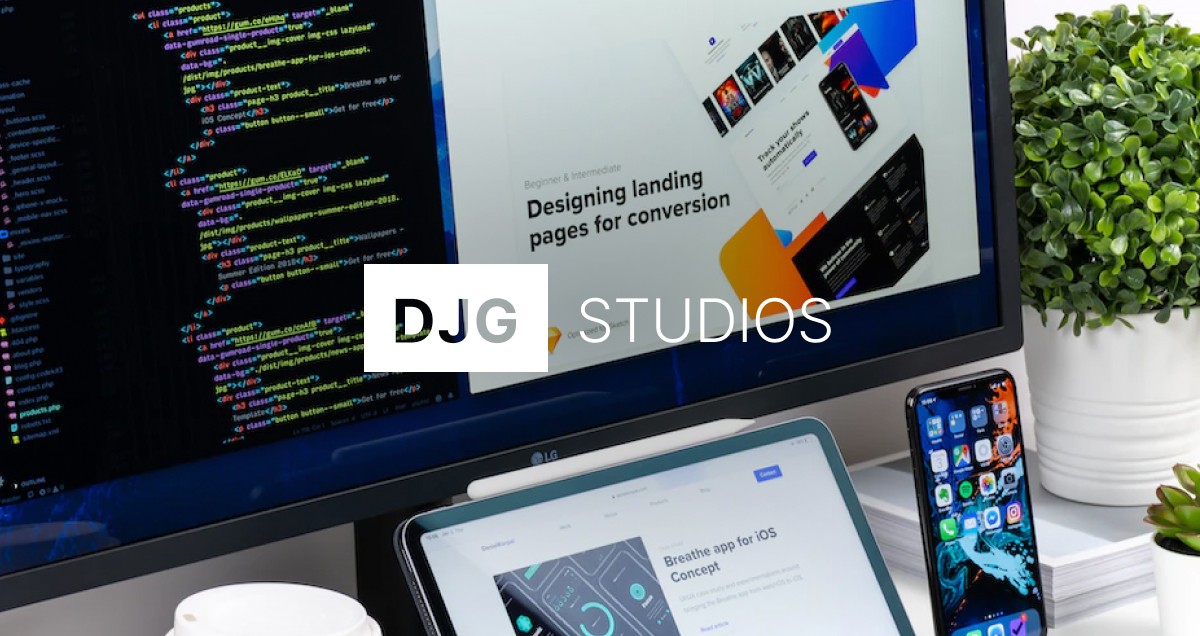Typography in Dev Tools: UX Tips from Type Science

When we think about typography, our minds often drift to marketing websites or beautifully crafted editorial layouts. Yet, typography plays an equally crucial role in the tools developers use every day: dashboards, IDEs, terminals, and documentation systems. Good typography in these contexts isn’t merely aesthetic it’s a powerful lever for usability, speed, and reducing cognitive load.
Let’s explore how insights from type science and emerging trends like reactive typography can elevate the developer experience.
Why Typography Matters in Dev Tools
Unlike marketing sites, dev tools exist to present dense information clearly. Poor typography can lead to eye strain, slow comprehension, and user frustration. Think of scanning logs, reading error messages, or navigating large codebases. Every fraction of a second saved adds up when developers spend hours in these environments.
Typography affects:
Readability — how easily text can be read in blocks
Legibility — how clearly individual letters and symbols are distinguished
Hierarchy — how users perceive importance and structure
Cognitive Load — the mental effort required to process information
Practical UX Tips from Type Science
Here’s how to translate type science principles into tangible improvements for developer-focused UIs:
1. Choose Fonts Purposefully
Monospaced vs Proportional: Monospaced fonts remain essential for code, aligning characters neatly for better scanning. However, in dashboards or documentation, a clean sans-serif proportional font can enhance readability and reduce fatigue.
Modern Code Fonts: Consider typefaces like JetBrains Mono, Fira Code, or IBM Plex Mono. Many feature ligatures for symbols (e.g.
!==becomes ≠), improving visual parsing without compromising code clarity.
2. Optimise Size and Line Height
Size: A sweet spot often lies between 14–16px for body text in dashboards or docs. For code, slightly smaller sizes may work, but never sacrifice legibility.
Line Height: Avoid cramped lines. A line height around 1.4–1.6 improves readability, especially for longer paragraphs in documentation.
3. Leverage Weight and Colour for Hierarchy
Developers scan quickly for keywords, errors, or key metrics. Use:
Bold for emphasis, sparingly
Subtle colour changes to group related elements
Consistent heading sizes to establish structure
4. Embrace White Space
White space is crucial in dev tools. It helps separate blocks of information, prevents the UI from feeling overwhelming, and allows users to focus.
5. Reactive Typography: Context-Aware Type
Reactive typography adapts to user context. While still an emerging field, some innovative uses include:
Theme Awareness: Switching weight or contrast depending on dark/light modes to maintain legibility.
Zoom Responsiveness: Adjusting letter-spacing or font weight dynamically as users zoom in or out.
Adaptive Content Sizing: Automatically resizing typography for split views in IDEs or browser dev tools.
These subtle adjustments can make tools feel more polished and considerate of real-world use.
Balancing Customisation and Consistency
A key challenge in dev tools is offering personalisation (e.g. font choice, size) without fracturing the visual consistency of the interface. Aim for:
Sensible defaults that look good out of the box
Customisation options for advanced users who prefer tweaks
Testing to ensure your typography scales across different screen sizes, resolutions, and operating systems
Typography in dev tools might seem secondary, but it’s fundamental to a frictionless developer experience. Thoughtful type choices help users read faster, comprehend information with less effort, and ultimately enjoy the tools they rely on.
At Devignify Studio, we believe that even the smallest typographic decisions can transform how developers work. Whether building dashboards, code editors, or documentation systems, type science offers practical insights for crafting interfaces that are both beautiful and supremely functional.
Published on
July 7, 2025




